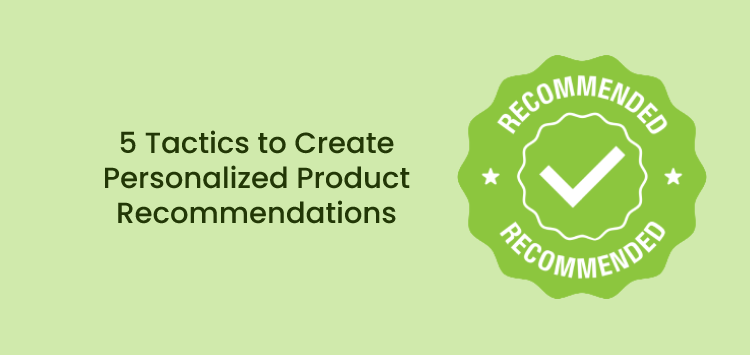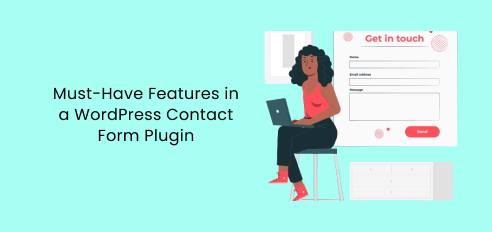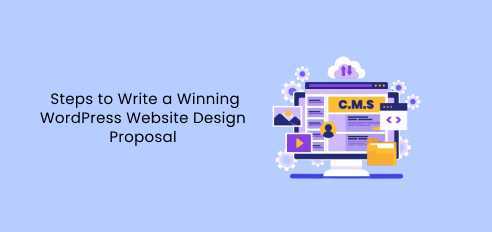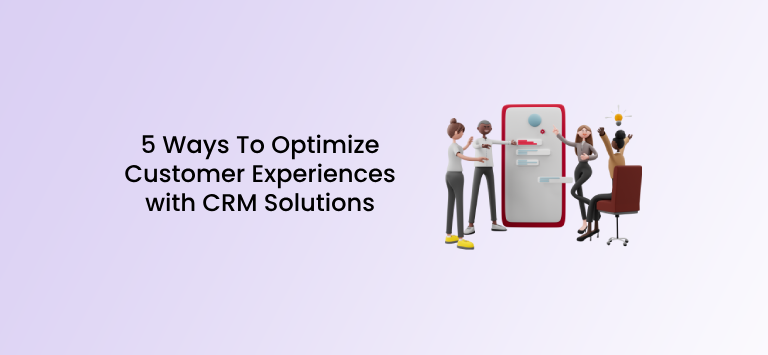Unless you’ve been living under a rock, you’ve likely spent some time on websites like Amazon, Netflix, or Spotify. Think about the last time you were using one of these platforms.
Maybe Amazon suggested a lovely case to go with your new kindle. Or perhaps you turned on Netflix and found the first recommended feature to be exactly what you were looking for–it’s like the company could read your mind.
These companies have enhanced their popularity based on recommending products to new and existing customers. They may be some of the biggest around, but that doesn’t mean your business can’t follow their lead.
You too can utilize personalized product recommendations to strengthen your customer base and grow your business.
What are Personalized Product Recommendations?

As you might expect, the most important aspect of personalized product recommendations is that they are personalized. This means that any product recommendations a customer receives from your website and marketing materials feel relevant and useful to them. To achieve this, companies like yours need to leverage data on past and present user behavior.
Today building a personalized product strategy is streamlined by purpose-built apps and platforms for Ecommerce.
Ecommerce Product Recommendation Engine Approaches
Regardless of which platform you are using, there are three main approaches to implementing product recommendations.
Collaborative Filtering
Intuitively, visitors to your website are classified as either first-time or returning customers. First-time visitors are the most challenging to make recommendations for–you don’t have any past user data from which to gain insight!
This type of recommendation approach is built for unique visitors to your ecommerce site. It will base all recommendations on the entire pool of user data at your disposal. This means every new user will be directly targeted with best-sellers.
But as the user navigates your website, the platform will be able to begin segmenting them into a preference profile or buyer persona. Preference profiles can be based on things like purchase history, geographic location, age, and browsing device. Of course, you may not have all of this information initially.

Let’s say the engine has deduced that customers who buy Nike high tops are also likely to buy Converse All-Stars. If a new visitor hits either one of those product pages, they will automatically receive the related product suggestion.
This type of approach requires a huge amount of data to be effective. Businesses will need to employ apps like Elasticsearch to scrape and combine public data.
And as always, there are exceptions to any correlation between user behavior and preference. So expect some users to receive recommendations they have zero interest in purchasing.
Content-based Filtering
Content-filtering removes the unknowns of the user from the equation. Instead, all recommendations are made based on product categories and attributes. This means that search results and product page recommendations will always suggest related and comparable products.
Textual data like description, style, ratings and reviews all supply tons of information to guide relevant and useful recommendations. Products are grouped according to size, color, fit, style, or other identifiers.
An assumption is made that a customer will be interested in all similar or related products.
Hybrid Recommendation Systems
A hybrid recommendation system marries both user intent and content-based data. Using both approaches together allows you to get the best of both worlds.
For example, a new user lands on a product page. You can either go with best sellers or content-based recommendations. But when that user creates an account during checkout, you can use collaborative filtering to suggest cart recommendations.
Most ecommerce businesses will find using a two-pronged approach to be the most effective.
What are the Benefits of Personalized Product Recommendations for Ecommerce?
There are several benefits businesses can gain from implementing personalized product recommendations.

Increase Average Order Value (AOV)
The customers of today expect an increasingly more personalized experience.
Research indicates that as part of a personalization strategy, product recommendations can drive AOV by as much as 369%.
Lower Cart Abandonment Rates
Shopping cart abandonment is forever the bane of ecommerce’s existence. Cart abandoners leave for a wide variety of reasons, but any time they click that back button there is risk involved.
Personalized cart recommendations can be a great opportunity for upselling or cross-selling. They can also save customers from hitting that back button to try and find another product that just popped into their cart. In other words, cart recommendations eliminate friction from the checkout process.
Better Engage Your Customers
When you engage your audience you build customer loyalty and increase customer lifetime value (CLV). A Microsoft study found that 70% of consumers say a company’s understanding of their individual needs influences their loyalty.
Personalized product recommendations are an easy way to start engaging and meeting more of your customers’ needs.
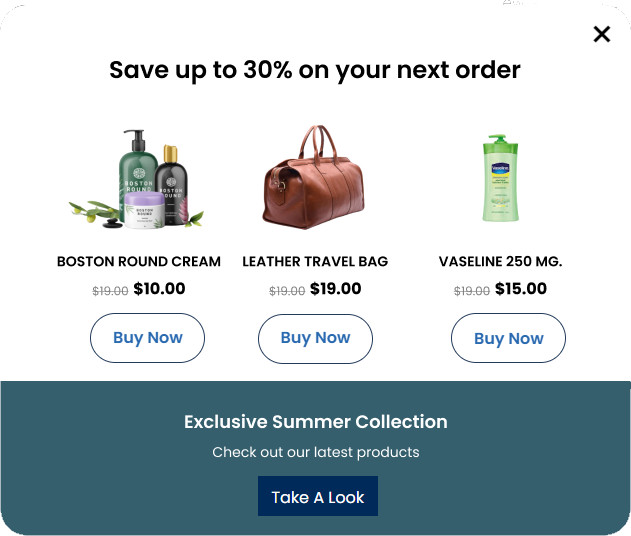
Higher Conversions
Personalized product recommendations can eliminate friction, build engagement, and increase AOV–it all adds up to a higher conversion rate for your brand.
Research from Accenture found that 65% of consumers are more likely to buy from a realtor if they are recognized, remembered, and receive relevant recommendations.
The Top 5 Tactics to Create Personalized Product Recommendations
You want to implement personalized product recommendations for your company and reap the benefits. An effective strategy is built upon best practices.
Use A/B Testing
Like any marketing or sales tactic, a recommendation strategy requires considering every aspect of the user experience. Remember, product recommendations are CTAs. Things like widget placement, size, text, color, and product information can all enhance or detract from personalization.
Use A/B testing to find what works best for every situation. Make sure you continually try fresh ideas to maximize your personalized product recommendations gains.
Recommend From Every Corner of Your Website
You must remember that every page on your website is part of your ecommerce store. This means customers should be able to view products from just about anywhere during their shopping journey.
You don’t want to overwhelm your visitors with aggressive and hard-selling tactics. But you should at least have the following areas covered:
Product Pages– these may be the most obvious and important. If a customer has made it this far, they are interested in something you have to offer. Don’t miss out on the opportunity. Instead of seeing them click that back button, make sure they can easily see similar and relevant product recommendations on desktop and mobile devices.
Cart Recommendations– these customers are so close–don’t fumble the bag now! Personalization will enhance the experience. It’s a great way to lower cart abandonment and also increase AOV via cross-selling.
Homepage– first impressions are key. This is your chance to stop visitors from clicking that back button and completely leaving your site. Put out recommendations of your best sellers or those based on past user data. Even if customers don’t make a purchase, any extra clicks will help lower your bounce rate and boost your search engine results page (SERP) rankings.
Search Results– product searches are most useful for visitors. But they may not be able to find what they are looking for–you may not even stock the specific product or it’s currently unavailable. Have no fear, you can use collaborative and/or content-based filtering to enhance the relevance of any customer query.

404s– that’s right, you can even place product recommendations on your 404 pages. We all hate for customers to find a dead link; sometimes they mistyped a web address, other times it’s our site’s construction that’s the issue. Either way, use the opportunity of an “oops” moment to recover with more than just your dignity.
Don’t Forget About Email
Once a customer creates an account or subscribes to your ecommerce site you immediately have more information than before. You can leverage this data to improve your algorithms and customer personalization. But don’t forget, you also have a viable email contact now!
Whether sending newsletters, promotions, or new product previews, make sure to include personalized recommendations. For example, if a customer recently purchased a guitar from your store, you may include things like a guitar case, strings, and guitar polish at the bottom of a marketing email.
This tactic works well because it creates conversion opportunities that don’t rely on the customer visiting your website. Instead, it prompts them with relevant products and helps them save time finding what they need.
Leverage Social Proof
Social proof is one of the most powerful tools at your disposal. For many customers, online reviews are just as persuasive as recommendations from friends, family, and colleagues. Building an online product rating system for your customers helps to increase engagement.
It also helps you gain valuable customer feedback to guide and improve your existing product line. It’s easy to implement social proofs with your personalized product recommendations. Again, we need to look no further than Amazon to see just how it’s done.

You can also add a badge that shows how many times a product has been viewed or purchased.
Use AI to Leverage the Data
It’s always best to use the right tools for the job. A product recommendation strategy starts and builds from gathering data. Any machine learning technology will only improve its effectiveness over time. An AI-powered platform can track and tally up the results–this will make it easier for your team to glean valuable insights.
You can more effectively leverage the data to modify algorithms or override system rules. This means you can streamline the process of customizing a recommendation engine that fits your audience.
Final Word
Customers expect a fully personalized shopping experience while online. Implementing a product recommendation strategy is one of the easiest and most effective ways to enhance the customer experience.
Personalized product recommendations will increase your revenue as you attract more and longer-term customers. And as you leave the competition behind in your wake, you will only refine the process and widen the gap.
Author’s Bio: Becca Uptmor is the Senior Director of Web Marketing at Databricks, specializing in ML pipelines, website redesigns and re-platforms to international SEO and global content marketing campaigns.
